Feature
Claire Horáček: Reviving Renaissance Sound
Share this
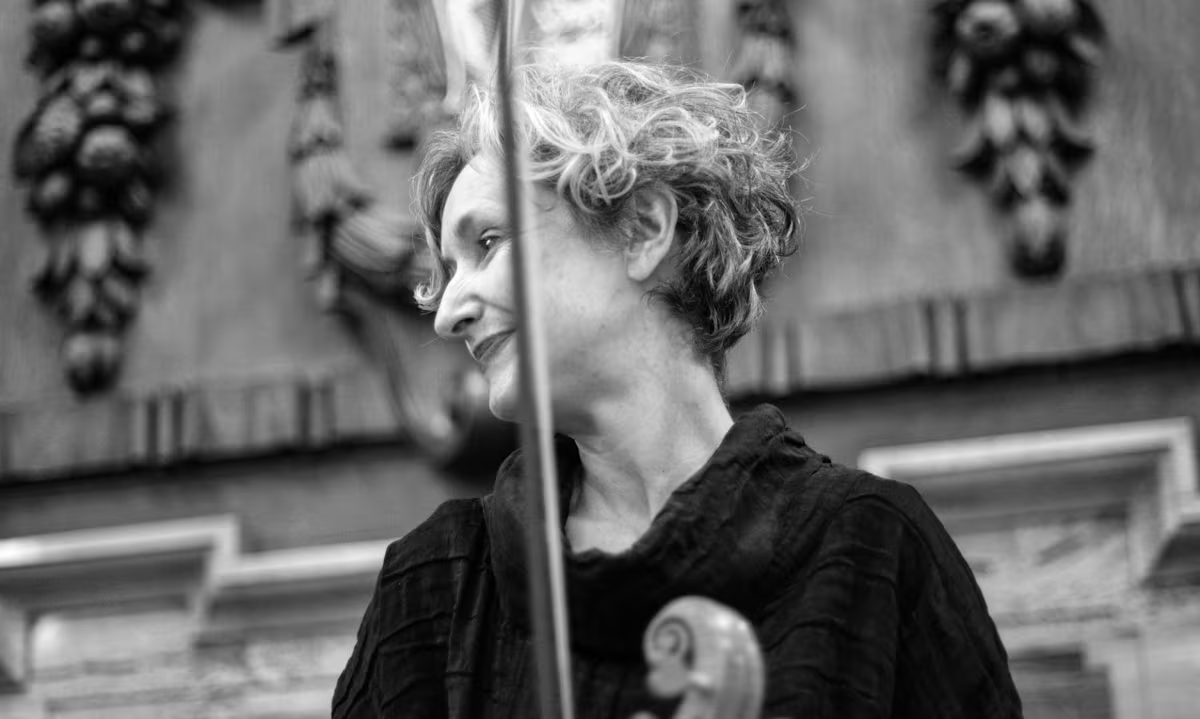
BY SIMON MUNDY | FIRST PUBLISHED 29 JUN 2025
The Linarol Consort of Viols look like the epitome of an Early Music ensemble that has been together for decades, but that impression would be false. The consort formed in 2017, as Claire Horáček, explained. ‘David Hatcher, who was my teacher, invited Asako Morikawa, Alison Kinder and me to play in an epic concert of Renaissance favourites to a sell-out audience in Leominster in December 2016.
‘Over the next year, there was a lot of discussion about the name of the new consort and future plans. Tim Lin joined in 2022 when Asako relocated to Tokyo, so all relatively recent.’ Alison Kinder has appeared on these pages before, as a member of Sounds Historical.

Claire continued: ‘We came together to play Renaissance music on copies of the Linarol viol, held in Vienna’s Kunsthistorisches Museum. It is the oldest surviving viol, made in 1540 in Venice by Francesco Linarolo. David had been working extensively with Richard Jones, developing copies of the Linarol instrument in a variety of sizes, and had recently acquired a set which ranged from a small C treble to a big A bass.’
During the course of the coming year, the Linarol Consort will be releasing a recording of repertoire drawn from the collections of music once owned by Margaret of Austria (1480–1530), an impressive woman who had the good sense to turn down the advances of both Henry VII of England and Wales, and his son Henry VIII, when each tried to become her fourth husband. That notorious Henry married Catherine of Aragon instead, who was briefly Margaret's sister-in-law. Lucky escape!
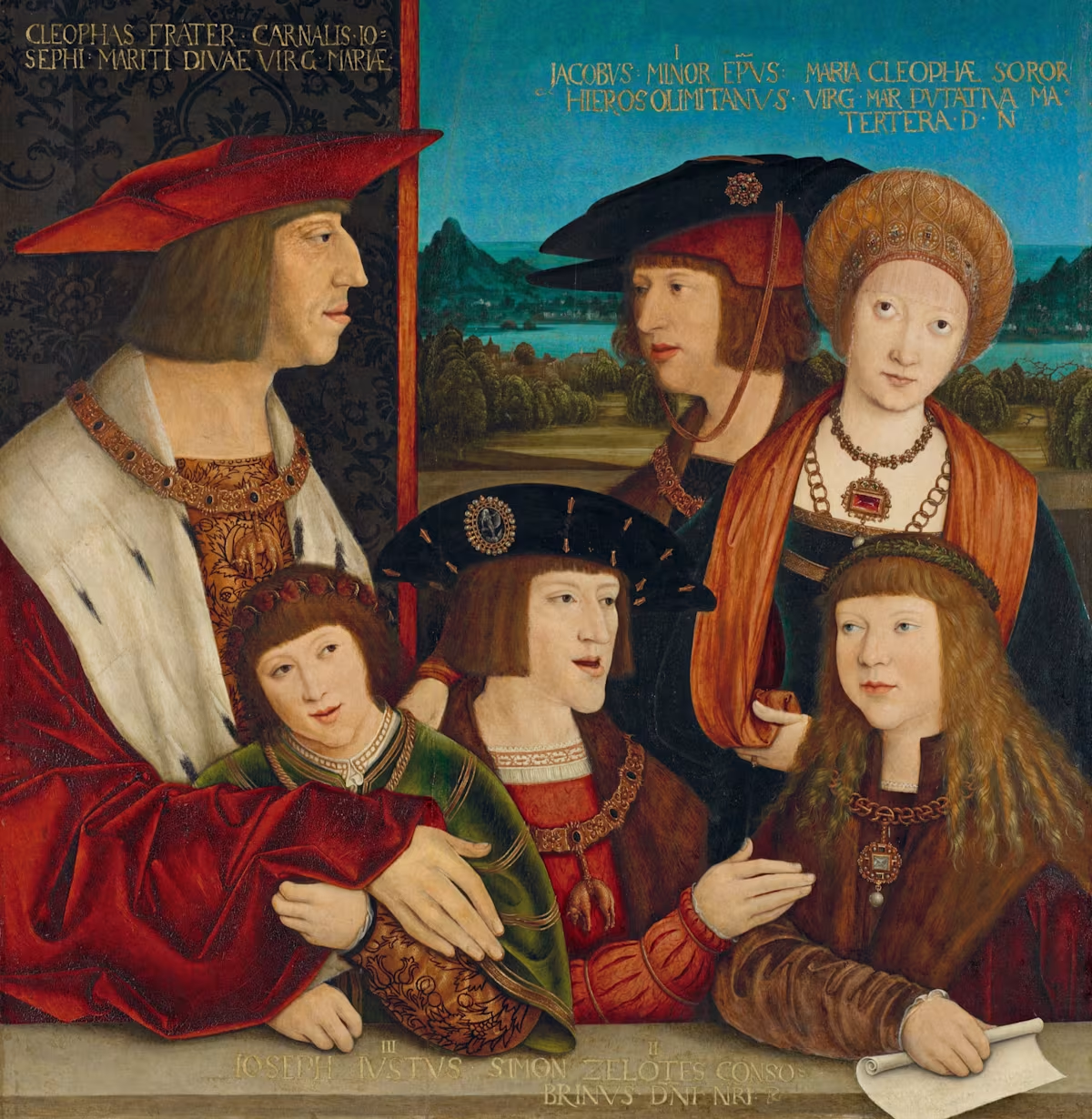
Margaret was born in Brussels, daughter of Mary, who ruled Burgundy with her Habsburg husband, Maximilian I of Austria, future Holy Roman Emperor. In 1482, he shipped off his daughter to France at the age of two, and then to Spain when she was 17. At 21, she finally had a husband who suited her: Philibert II, Duke of Savoy. He was not one of life’s natural rulers, and left the running of his Duchy to her, but he died after only three years.
By her late 20s, Margaret had a taste for statehood, and as the male family members continued to die young, she became Regent of the Netherlands (which then included what is now Belgium as well as the Dutch Provinces) for her nephew, Charles. She built her palace at Mechelen, just north of Brussels, and seems to have been a far more considerate ruler than most of her contemporaries. Just how intertwined ruling families were then is illustrated by the fact that Anne Boleyn was sent to Margaret's palace at the age of 13 to learn how to behave at court.

‘Margaret loved music and wrote poetry,’ says Horáček, ‘and some of it is set in songs on this recording. She owned two big manuscripts as well as a small book of basse dances on black vellum – absolutely beautiful. One volume has the Savoy coat of arms, and is dated just before her marriage to Philibert. The other contains songs by her favourite court composers.’
The songs on the Linarol’s album are sung by the young Glasgow-based French-American soprano, Héloïse Bernard. Tracks will be released for download through the rest of 2025 before the full album is made available on CD. The title song, Epitaph for a Green Lover, could easily have referred to the inexperience of Margaret’s three husbands, but it did not. It was written, probably by Pierre de la Rue, for her pet parrot.
Linarol Consort of Viols and Héloïse Bernard recording ‘Soubz ce tumbel’ by Pierre de la Rue? (cl. 1452–1518)
Three of the Linarol group (David, Claire and Tim) will be giving a lunchtime concert at Magdalen College as part of the Oxford Early Music Day on 12 July, a collaboration between Continuo and the Oxford Festival of the Arts. ‘We won't be playing the Linarol viols there but the more recognisable Jacobean ones,’ Horáček explains. ‘The Linarol viols have a slightly different shape to the Jacobean instruments. There’s more wood in them, the ribs are wider, and they have a softer sound, due to the lack of a sound post, without being quieter.
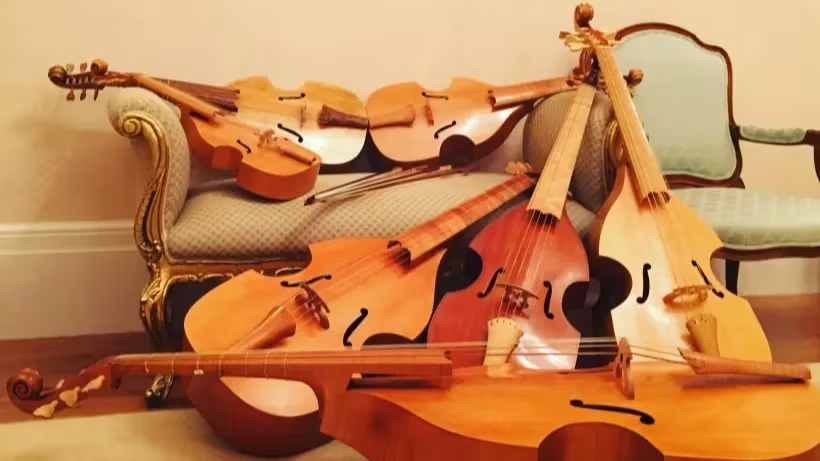
The concert will mark the 400th anniversary of the death of Orlando Gibbons with a programme centred on his music. ‘For the Gibbons songs in Magdalen, we're joined by (countertenor) William Purefoy. We were in the same year at Oxford together – where I remember him mostly playing the trumpet. It will be great fun making music with him again.’
While at Oxford, Horáček did not intend to become a professional musician. ‘I studied Fine Art. I did play the cello, but just for fun. After Oxford, I went to Prague to study painting, but got homesick and returned to teach art at King’s School in Worcester for many years.’ For all that, the viol had been in her consciousness from her childhood. ‘I remembered wanting to play viol when I was very young. I knew about the instrument as my aunt played the cello with the Dolmetsch family, having made friends with Jeanne and Marguerite as students at the Royal Academy of Music.
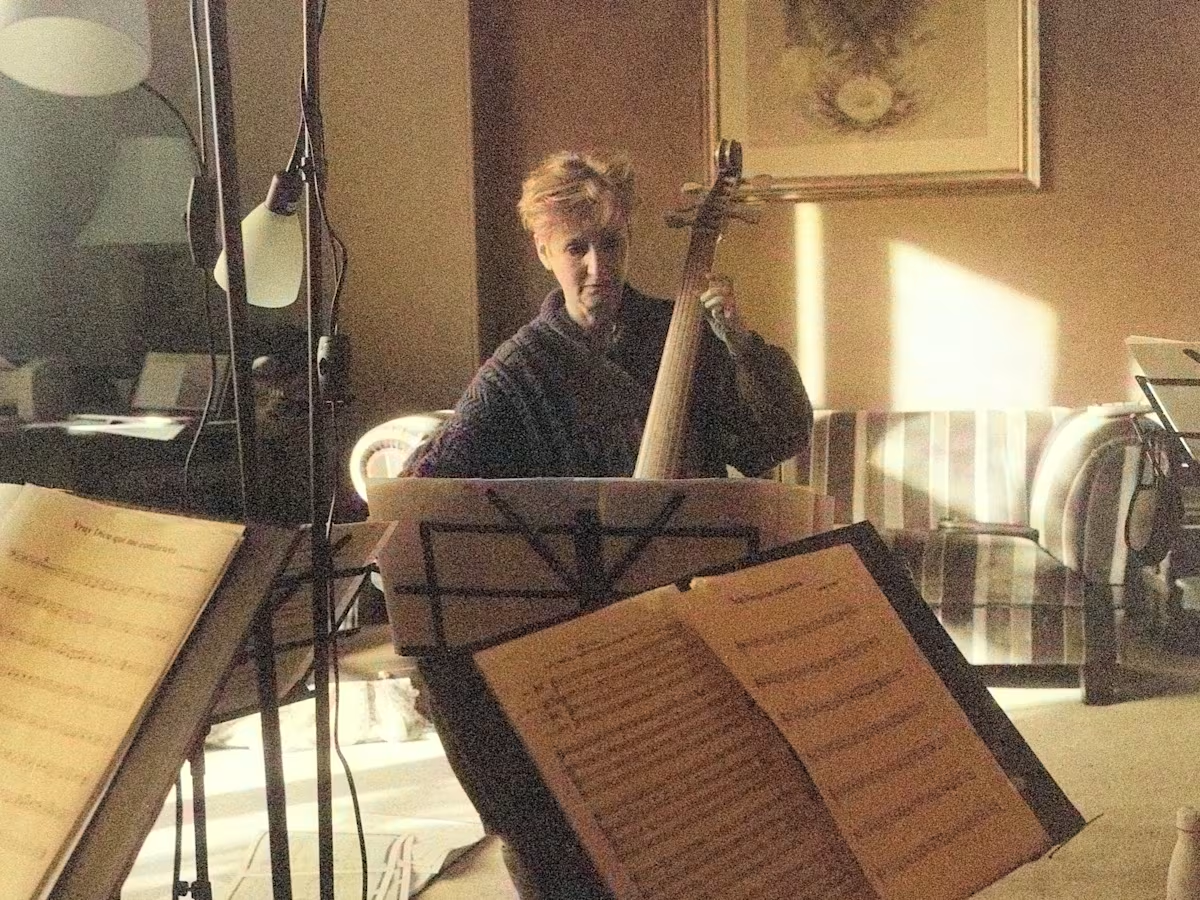
‘And like a lot of children in the ’70s with musical parents, I loved watching David Munrow’s programmes on the TV. I had Baroque cello lessons while I was studying to be an art teacher, and went on an inspirational Early Music course in Valtice, Czech Republic; but it was joining a weekend-long celebration of Handel in 2009, playing and singing Saul, conducted by Laurence Cummings, that kickstarted my baroque cello playing and led to borrowing a viol from the Midlands Early Music Forum. It was something I’d always wanted to do and I just couldn’t stop playing. I’ve just taken possession of the most beautiful lirone, so I’m now loving getting to grips with all 13 strings of that instrument.’
Linarol's latest album ‘Epitaph for a Green Lover’ was supported by a grant from Continuo Foundation and will be released on CRD Records later in 2025. Hear Claire Horáček perform live with the Linarol Consort on 12 July at the Oxford Early Music Day. You can also catch the final dates in the Continuo-supported tour of their Shakespearean programme, ‘A Mermaid on a Dolphin’s Back’ in Bridport, Dorset (24 August) and North Curry, Somerset (26 August).
Share this
Keep reading
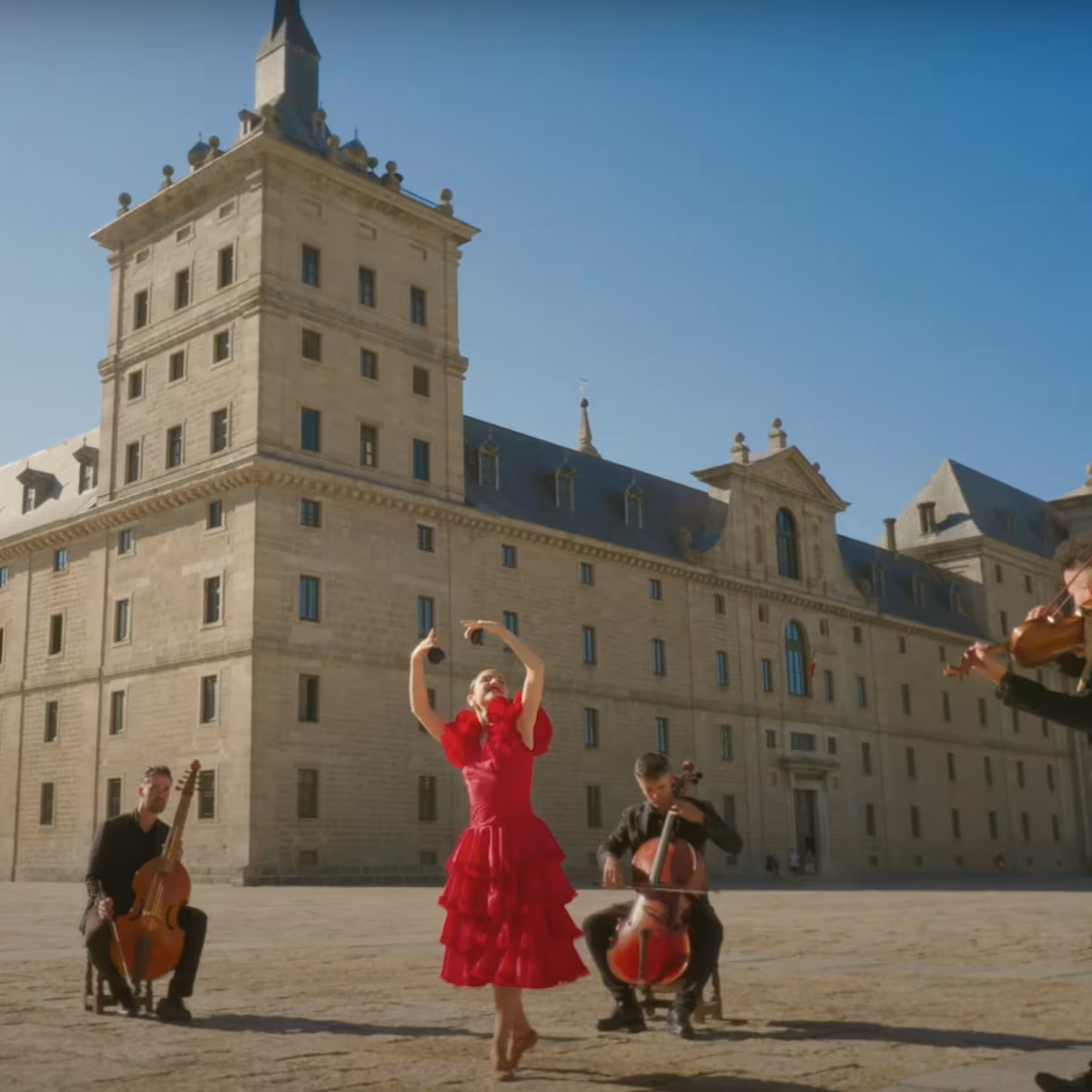
Soler’s Fandango: a new arrangement by the Lowe Ensemble
The Lowe Ensemble performs Antonio Soler's Fandango in an arrangement for strings, harpsichord, baroque guitar, and percussion.
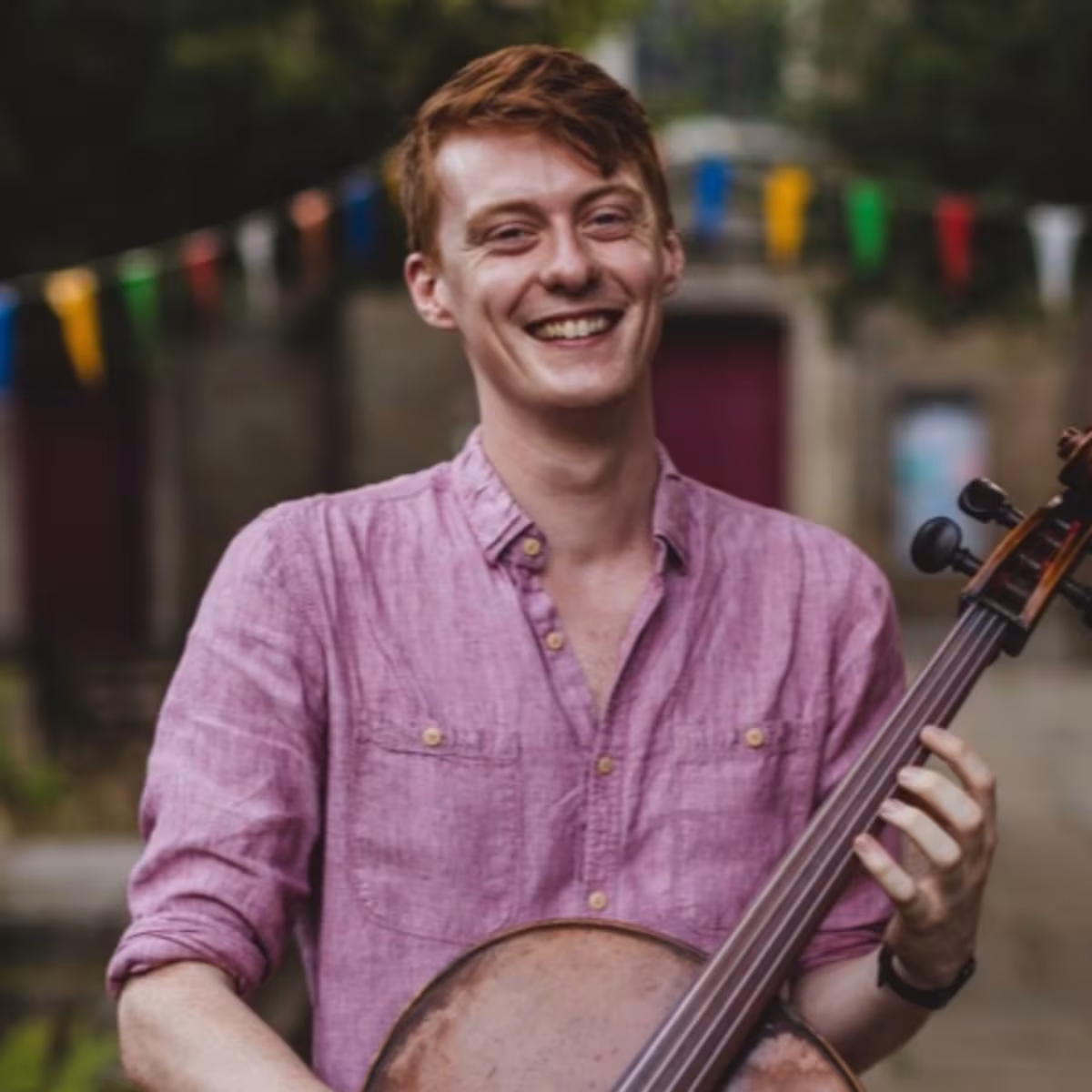
In conversation: Jacob Garside
Continuo Connect meets cellist Jacob Garside: founder of the Players of the Hampstead Collective and member of Saraband.

The Muses Restor'd
Baroque violinist Rachel Podger takes the resurgence of the Arts in England post-1660 as inspiration for her album, The Muses Restor’d.


